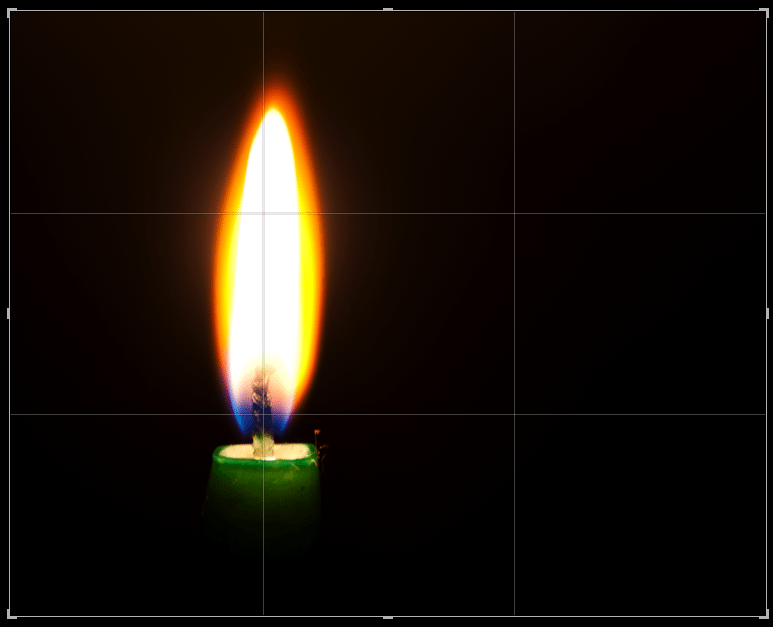The rule of thirds may come across as a simple rule, yet it can make a very powerful image. While a lot of photography rules have changed as technology improved, this rule has managed to stand the test of time. Let’s look at this rule and how you can use it to your advantage.
Before I dive into a few of my photos and how I utilize the rule of thirds, a small description is necessary. The idea behind this concept is that you break your scene into threes. An example would be shooting a beach scene. You place the sand in the foreground at the bottom third of the image, the water in the middle third, and the sky in the top third. This rule also applies to the vertical orientation in which you split the scene into thirds in a left to right fashion. Now, let’s look at a few images that utilize this rule.
There are a few ways I framed this image with the rule of thirds in mind. First, I kept the bridge and the vanishing point of the railroad tracks in the lower third of the frame. I also framed the shot so each side of the bridge appears in the lower left and right quadrants of the shot.
Next was framing the trees. While the trees do sneak into the middle portion of the image, I kept the bulk of them on the left and right thirds of the shot. I also tried to keep the trees contained to the bottom two thirds of the frame to allow for some negative space on the top of the shot. This decision ultimately creates a “T” for the fog to fill in, and directs the eyes into the image.

Let’s take a look at one more image. This time I will place the subject in the intersecting lines. This is a great trick if you have a bright subject like the sun, lights, or bright colors. The reason for this is that your eyes are drawn to the brightest portions of a scene. Another key to these intersecting points is that most people tend to look at these parts of an image by default.
When I framed this image I made sure that the candle was positioned on the line breaking the left two thirds of the image. I also put the fire right on an intersecting line. While this image would stand out due to the blackness of the scene, going that extra step helps pull the eyes into the scene.

Adhering to the rule of thirds is purely optional. There is no clearly defined law that says you must or must not use this technique. If your scene dictates you break the rules, then by all means do it. However, if you are struggling to get a good composition, give this technique a try and see how much it can affect your final results.
*The Current Photographer website contains links to our affiliate partners. Purchasing products and services through these links helps support our efforts to bring you the quality information you love and there’s no additional cost to you.
This is where you would expect me to tell you about my life, how awesome I am, or why I am so superior to other people in this line of business. I would enjoy telling you how I have wrestled grizzly bears 10 feet tall. Maybe you would like hearing how I have taken on Velociraptors in my days as a young man. Even better is the story how I have traveled to the furthest reaches of space to stop catastrophic alien invasions. The problem will be that you might not believe my awesome stories.
I will keep these awesome stories for the campfire though. I’m just a man, taking pictures, trying to make a living. I ditched my education in computers in favor of pursuing my passion for photography. I enjoy a good cold beer on a warm day. I have a fondness of the outdoors.. I have enjoyed years capturing life’s unscripted moments. Hopefully, I can enjoy many more years of slacking off without fear of those grizzlies taking me out before my time.
My Philosophy is to capture those non-scripted moments. To capture the little details that this world really has to offer. From weddings to insects, I enjoy capturing the life, the details, and the moments that come and go in a flash.